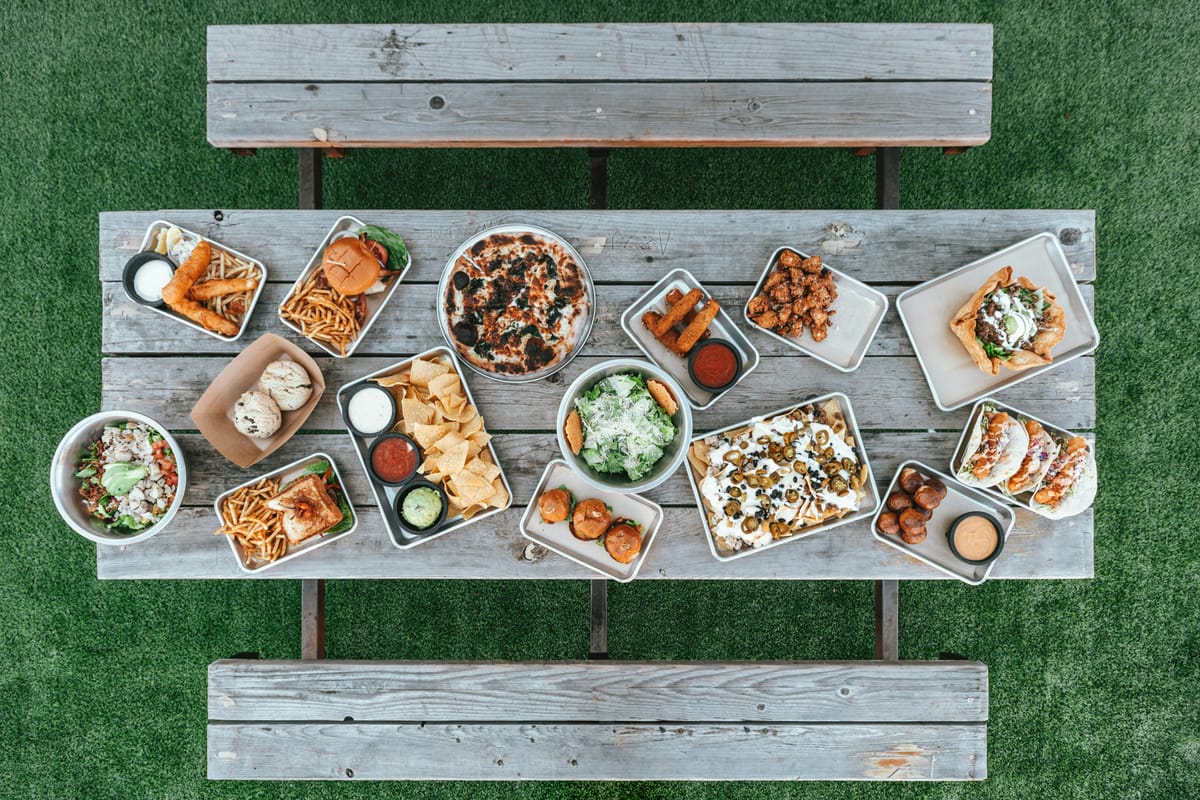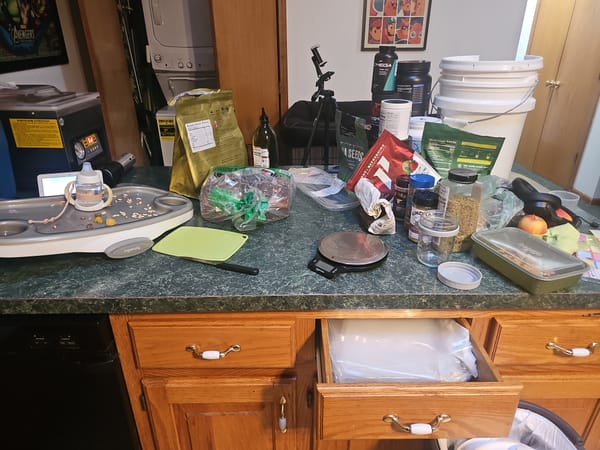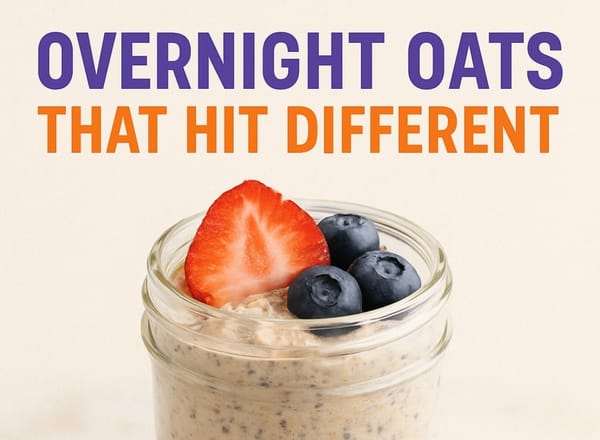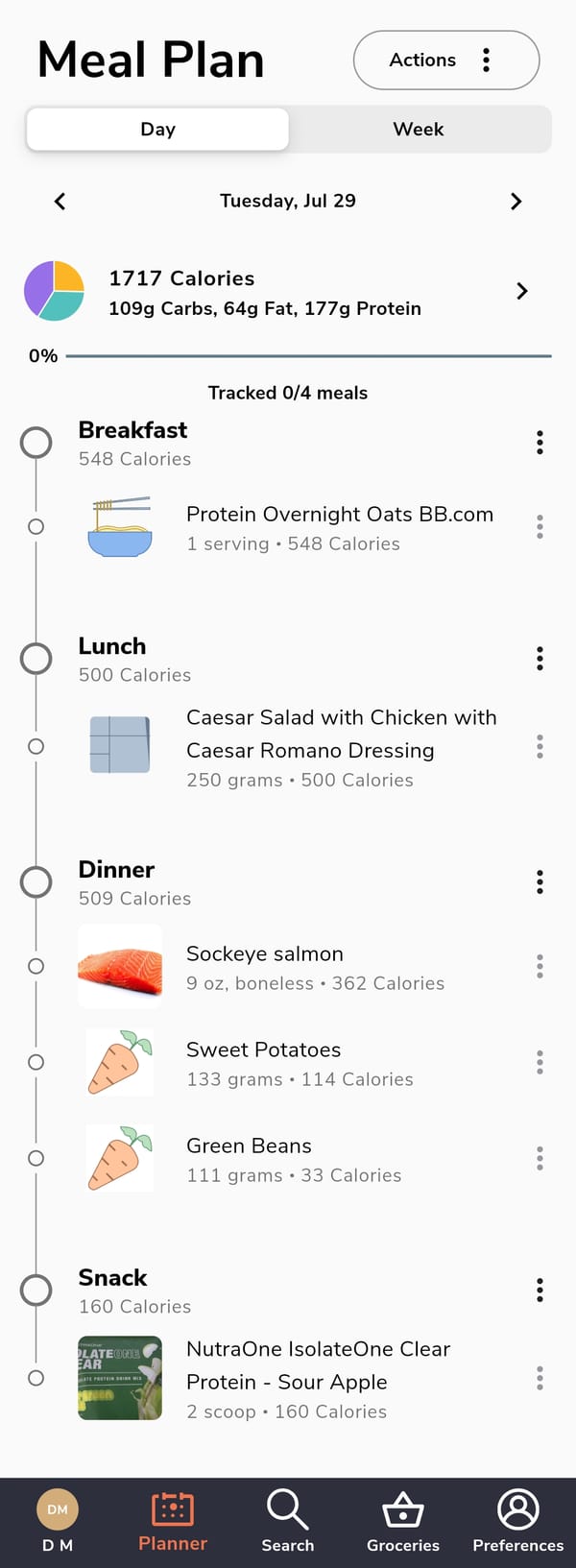No More Diets: Why Macro & Calorie Counting Is Essential
Keto? Intermittent Fasting? Juicing? All tools — but not solutions. Macro tracking is the blueprint. Learn why it’s the only plan that truly works.

If you dont know the numbers, you are just guessing. Would You Build a House Without Measuring?
Picture this: you’ve got sturdy wood, shiny nails, a brand-new hammer… but no tape measure.
You start sawing and nailing by “feel,” hoping the porch holds up.
Now ask yourself — would you trust that porch?
That’s how most people treat their health.
Good materials, no measurements.
You might be eating “decent food” and staying active — but if you’re not tracking your macros and calories, you’re just guessing.
And your results will always reflect that.
Your Body Is a Machine. Macros Are the Fuel Gauge.
Every day, your body needs:
- Calories — energy to run your system
- Protein — to build and repair muscle
- Carbs — to fuel your brain and movement
- Fat — to regulate hormones and support cells
If you don’t know how much you're taking in, your body is flying blind.
And that’s why people get stuck — not because they’re lazy, but because they’re unmeasured.
What Is TDEE (Total Daily Energy Expenditure)?
Your TDEE is the number of calories your body burns each day based on:
- Age
- Weight
- Height
- Daily activity level
Here’s what happens:
- Eat more than your TDEE? You gain fat.
- Eat less than your TDEE? You lose weight.
- Eat the same as your TDEE? You maintain.
📏 Calories control your weight. Macros control your shape, strength, and energy.
That’s not trendy. That’s science — straight from biology textbooks, the NIH, and the Harvard School of Public Health.
Why “Eating Healthy” Isn’t Enough
You can eat nothing but good foods — grilled chicken, brown rice, avocado, oats — and still:
- Eat too many calories and gain fat
- Eat too few and feel weak
- Eat off-balance macros and sabotage your energy
That’s like using premium lumber and stainless steel nails — but building without ever checking your measurements.
Quality ingredients mean nothing without the right quantities.
The Science (So You Know This Ain’t Just Talk)
🧠 First Law of Thermodynamics: Energy cannot be created or destroyed — only transferred.
Your body works the same way.
Calories = energy. What you don’t use? Gets stored — usually as fat.
Each macronutrient contributes a specific number of calories:
- Protein: 4 cal/g
- Carbs: 4 cal/g
- Fat: 9 cal/g
These aren't opinions. This is established human physiology — backed by:
- National Institutes of Health (NIH)
- Mayo Clinic
- Cleveland Clinic
- The American Journal of Clinical Nutrition
You can’t meditate, manifest, or “cleanse” your way out of science.
Let’s Talk Gimmicks: What Won’t Work Without Tracking
🥩 Keto
Keto cuts carbs to force fat burning (ketosis).
✅ Can help suppress appetite
❌ Hard to sustain long-term
❌ Doesn’t prevent fat gain if you overeat
❌ Often causes fatigue and bad breath
Doing keto without tracking is like buying luxury blueprints, then cutting boards with no measuring tape.
⏰ Intermittent Fasting (IF)
IF limits when you eat — not how much or what you eat.
✅ May improve discipline
❌ Doesn't guarantee you're hitting protein or calorie needs
❌ Often leads to overeating during the eating window
Skipping breakfast doesn’t undo a 1,200-calorie dinner.
🥦 “Clean Eating,” Low-Carb, or Detox Diets
These focus on “good foods,” but still skip the math.
❌ You can “eat clean” and still gain fat
❌ You can avoid junk and still be under-eating protein
❌ Most “detox” drinks are just glorified sugar water
Juicing veggies strips the fiber and spikes blood sugar. That’s like turning wood to sawdust and wondering why your frame collapsed.
🧃 Juicing & Juice Cleanses
❌ Remove natural fiber and slow-digesting carbs
❌ Deliver a sugar rush with no protein or fat
❌ Leave you hungry, tired, and nutritionally depleted
Juicing is marketing, not medicine.
A whole orange is food. A cup of orange juice is concentrated sugar, no matter how “organic” the label.
So What Actually Works?
Knowing your numbers.
- Calories = how much you need
- Protein = protects muscle, promotes fat loss
- Carbs = fuel movement and brain function
- Fats = support hormones, joints, and mood
Once you know your TDEE and macros, you can:
✅ Build muscle
✅ Burn fat
✅ Eat food you love — with confidence
✅ Stop wasting time and money on trends
But Isn't That Complicated? Nope. Here’s How Simple It Really Is:
🧰 Your No-Nonsense Macro Tracking Setup
- Get your macros using our Free Macro Calculator
- Buy a $10 food scale – this one works great: Kitchen Scale on Amazon
- Track your meals using Eat This Much or MyFitnessPal
- Weigh once, learn forever — by day 7, it’ll feel natural
- Meal prep once or twice a week, and reuse what works
This isn’t about eating bland food.
It’s about finally knowing what’s on your plate — and what it’s doing in your body.
Real Life: The BBQ Plate That Broke the Ice
I’ve literally been at a backyard barbecue with a plate full of ribs and a food scale tucked in my back pocket.
I sat down, slid the meat right off the bone, and weighed it.
Yup. 5 ounces of pork rib meat = about 40g of protein and 300–350 calories depending on how saucy it is.
People looked at me like I was doing algebra at a fish fry.
But guess what?
While everybody else was going in blind, I walked away full, satisfied, and still on track.
Knowing your macros doesn’t mean saying no to ribs and mac and cheese. It means knowing what a serving looks like — and building a plate that feeds you and fuels you.
Barbecue Food Macro Cheat Sheet
(Rounded USDA estimates based on average home-cooked portions)
| Food | Portion Size | Calories | Protein | Carbs | Fat |
|---|---|---|---|---|---|
| Pork Ribs (meat only) | 5 oz (140g) | 350 | 40g | 0g | 25g |
| Grilled Chicken Thigh (no skin) | 6 oz (170g) | 270 | 50g | 0g | 10g |
| Mac & Cheese (homemade) | 1 cup (200g) | 300–400 | 12g | 35g | 20g |
| Baked Beans | ½ cup (130g) | 200 | 8g | 36g | 2g |
| Potato Salad | ¾ cup (170g) | 350 | 4g | 25g | 27g |
| Corn on the Cob (no butter) | 1 ear (100g) | 100 | 3g | 22g | 1g |
| Coleslaw (mayo-based) | ½ cup (120g) | 150–200 | 1g | 10g | 14g |
What a Balanced Macro Plate Looks Like at a BBQ
-
Protein Base:
- 6 oz grilled chicken thigh (170g, 50g protein, 270 cal)
- OR 5 oz pork rib meat (140g, 40g protein, 350 cal)
-
Smart Sides:
- ½ cup baked beans (130g, 8g protein, 36g carbs)
- 1 ear of corn (100g, 22g carbs, low fat)
- Optional: ½ cup mac & cheese (200g) or ¾ cup potato salad (170g)
-
Light Add-ons:
- Small spoon of slaw (≈50g) or hot sauce for flavor
- A bottle of water or unsweetened tea
Example Plate Macros — All Together
Let’s say your plate includes:
- 6 oz grilled chicken thigh (170g)
- ½ cup baked beans (130g)
- 1 ear of corn (100g)
- ½ cup mac & cheese (200g)
- Small spoon of coleslaw (50g)
| Macro | Amount |
|---|---|
| Calories | ~980–1,050 kcal |
| Protein | ~65g |
| Carbs | ~85g |
| Fat | ~35g |
That’s a satisfying, balanced plate that fuels your muscles, supports your energy, and fits right into a well-tracked day — no guilt, no guesswork.
Final Word: If You Don’t Track It, Don’t Expect It
You wouldn’t frame a house by guesswork.
You wouldn’t pour concrete and hope it self-levels.
So why build your body — your only body — without a plan?
Know your numbers. Track your macros. Build your health with intention.
Because if you don’t measure what you put in, you can’t be surprised by what comes out.



